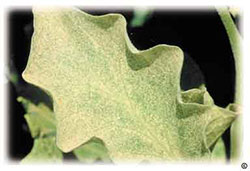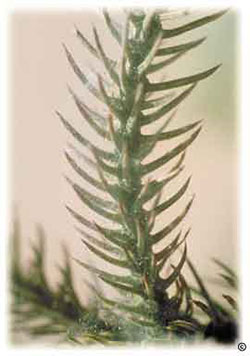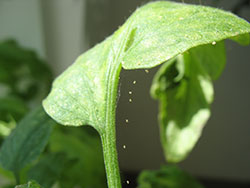
What do spider mites do to plants?
Spider mites are common pests on some plants grown in Colorado. Unlike insects, spider mites have eight legs and are smaller than the head of a pin. Getting a look at a spider mite is rare because they are so small and feed on the underside of leaves. Webbing on the plant is an indication of spider mites. These mites suck plant fluids, giving broad-leaved plants a speckled appearance and fading the color of conifers. Spider mites intensify during hot, dry summer days, particularly in July and August.
How can I manage spider mites?

There are several ways to manage and control spider mites. Natural controls include ladybugs, pirate bugs and other predatory mites. Adequate watering of plants during dry spells is helpful, and hosing plants off with a forceful jet of water can physically remove and kill mites.
Do oils help in controlling spider mites?
Horticultural oils may also be used to combat mites. Care should be taken when spraying plants with oil. Oils may damage leaf and needle tissue. Begin by spraying just a small portion of the plant and wait a few days to see if there is plant injury.
Can I use insecticides?

The use of insecticides, such as Sevin and Malathion, kill the predatory insects that feed on spider mites and their use can result in more spider mite outbreaks. Bifenthrin is the only effective chemical control.
For more information, see the following Colorado State University Extension fact sheet(s).
- Spider Mites
- Insect Control: Soaps and Detergents
- Spider Mites in Corn
- Insect Control: Horticultural Oils
- Insect and Mite Pests of Honeylocust
- Currants, Gooseberries and Jostaberries
- Cucumbers, Pumpkins, Squash and Melons
- Peppers and Eggplant
For more information, see the following Planttalk Colorado™ script(s).



